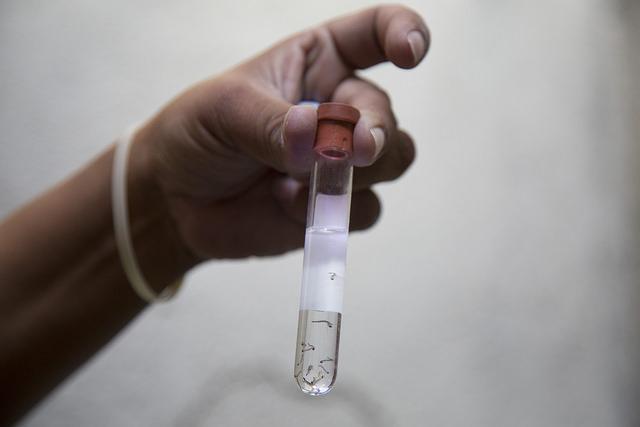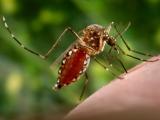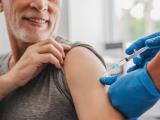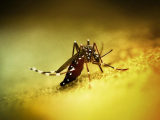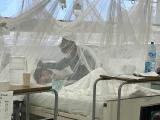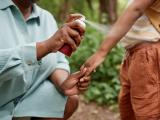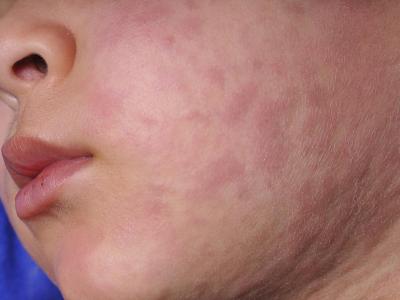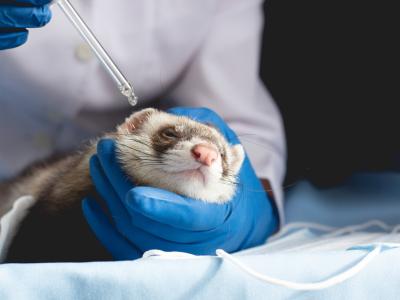Zika cases are once again on the rise in Brazil, Ecuador, and Peru where Zika upticks are expected this time of year, according to the latest epidemiologic update from the Pan American Health Organization (PAHO).
In other developments, a new study estimated that the cost of Zika outbreaks in six at-risk states and another report detailed clinical challenges in detecting the disease.
PAHO update notes Zika hot spots
The sub-region of South America containing Brazil, Ecuador, and Peru have reported 1,247 suspected and confirmed cases of Zika so far this year. Argentina is also reporting new cases in three new provinces (Formosa, Salta, and Chaco).
In addition to rising cases, Ecuador and Barbados reported their first babies born with Zika-related congenital defects. Finally, Barbados has reported its first case of Guillain-Barre syndrome (GBS) associated with Zika infection.
Elsewhere, the only increase seen in the Caribbean was in Aruba. PAHO said Mexico and the United States are still reporting a downward trend in Zika cases.
Outbreak could cost US billions
A new study published in PLoS Neglected Tropical Diseases uses a computational model to predict the costs of a Zika outbreak in the six US states most likely to experience the mosquito-borne virus (Alabama, Florida, Georgia, Louisiana, Mississippi, and Texas).
The economic burden of disease was estimated to cost anywhere between $500 million and $2 billion US dollars, depending on the attack rate of the virus.
"A Zika attack rate of 0.3% across the six states at greatest risk of Zika infection, would result in total costs that exceed $0.5 billion, an attack rate of 1% would exceed $1 billion, and an attack rate of 2% would exceed $2 billion," the authors concluded.
This is the first study to estimate the economic burden of widespread Zika emergence in the United States.
Zika clinical challenges
Finally, a new study in Emerging Infectious Diseases offers a real-time look at a Zika outbreak in Honduras. The authors say that without laboratory confirmation, Zika infection is clinically challenging to diagnose, as it can be indistinguishable from chikungunya and dengue, other viruses in the same family as Zika that are transmitted by mosquitoes.
The authors use data collected at the Public Hospital in Roatan, Honduras, in the first half of 2016. A total of 183 patients who were given a clinical diagnosis of suspected dengue virus gave blood samples at the clinic. Six (3%) of 183 patients were positive for dengue virus RNA, and 13 (75%) were positive for chikungunya RNA. Zika virus RNA was detectable in 66 (36%) of 183 patients by the Trioplex assay and in 79 (43%) of 183 patients by the Aptima assay.
The authors said these results show the challenge of teasing out viral infections during a Zika outbreak. "[Dengue] was detected in <5% of case-patients, whereas 43% of case-patients had acute Zika virus infections….in the absence of laboratory confirmation, clinical diagnosis has low specificity because of overlap of signs and symptoms between infections."
See also:
Apr 27 PAHO update
Apr 28 PLoS Negl Trop Dis study
Apr 27 Emerg Infect Dis study
